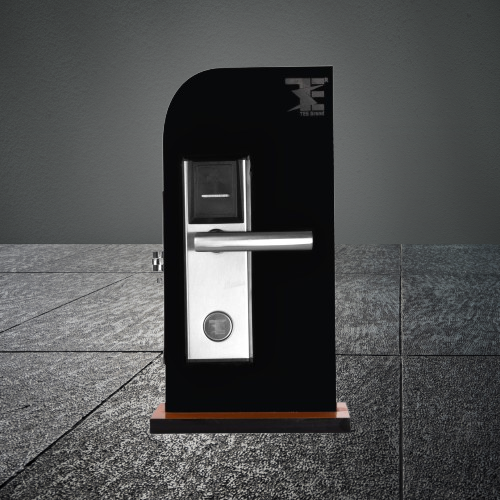Essential Tips for Training Hotel Staff on Using Modern Door Lock Systems
Overview of the Lock System
Begin by introducing the type of lock system your hotel uses, whether it's key card, RFID, mobile-enabled, or biometric. Highlight the system's main features and explain how it benefits both guests and staff, enhancing security and improving the guest experience.
Hands-On Training Sessions
Provide hands-on demonstrations where staff can practice using the locks in a supervised setting. Walk them through steps like guest check-in, setting up access, and resolving common lock issues to build confidence and familiarity with the system.
Basic Troubleshooting
Equip staff with the knowledge to solve common issues such as battery warnings, card malfunctions, and connectivity errors. Having a quick-reference guide with troubleshooting steps allows staff to handle issues smoothly and efficiently, improving guest satisfaction.
Security Protocols
Emphasize the importance of following security protocols, like verifying guest identities before issuing access. Train staff to handle lost or stolen keys promptly and correctly, ensuring unauthorized access is prevented and security is maintained.
Guest Communication
Train staff on how to clearly explain lock features to guests, especially for new or advanced systems. Providing simple instructions on how to use the locks can prevent guest frustration and ensure a smooth experience.
Importance of Maintenance
Include lock maintenance in staff training by teaching them to check batteries, clean card readers, and inspect locks regularly. Encourage reporting of any issues, as preventive maintenance can extend lock system lifespan and reduce downtime.
Scenario-Based Training
Use real-world scenarios to practice handling different lock-related situations, such as guest lockouts or emergency access requests. This type of role-playing helps staff feel prepared to respond confidently to unexpected situations.
Training for New Hires and Refresher Courses
Integrate lock training into onboarding for all new staff and offer regular refresher courses. Frequent updates ensure staff are well-trained and aware of any changes or new features in the lock system.
Utilizing Lock Manufacturer Resources
Take advantage of training materials provided by the lock manufacturer, including user manuals and instructional videos. Consider inviting representatives from the lock provider to conduct advanced training or answer staff questions.
Emergency Training
Ensure staff are prepared to handle emergencies involving locks, such as power outages or system malfunctions. Teach them how to use manual override features and provide an action plan for critical situations.
Encouraging Staff Feedback
After training, invite staff to provide feedback on the lock system’s usability and training effectiveness. Use their insights to improve future sessions and address any recurring issues, fostering a well-informed and confident team.

Leave A Reply